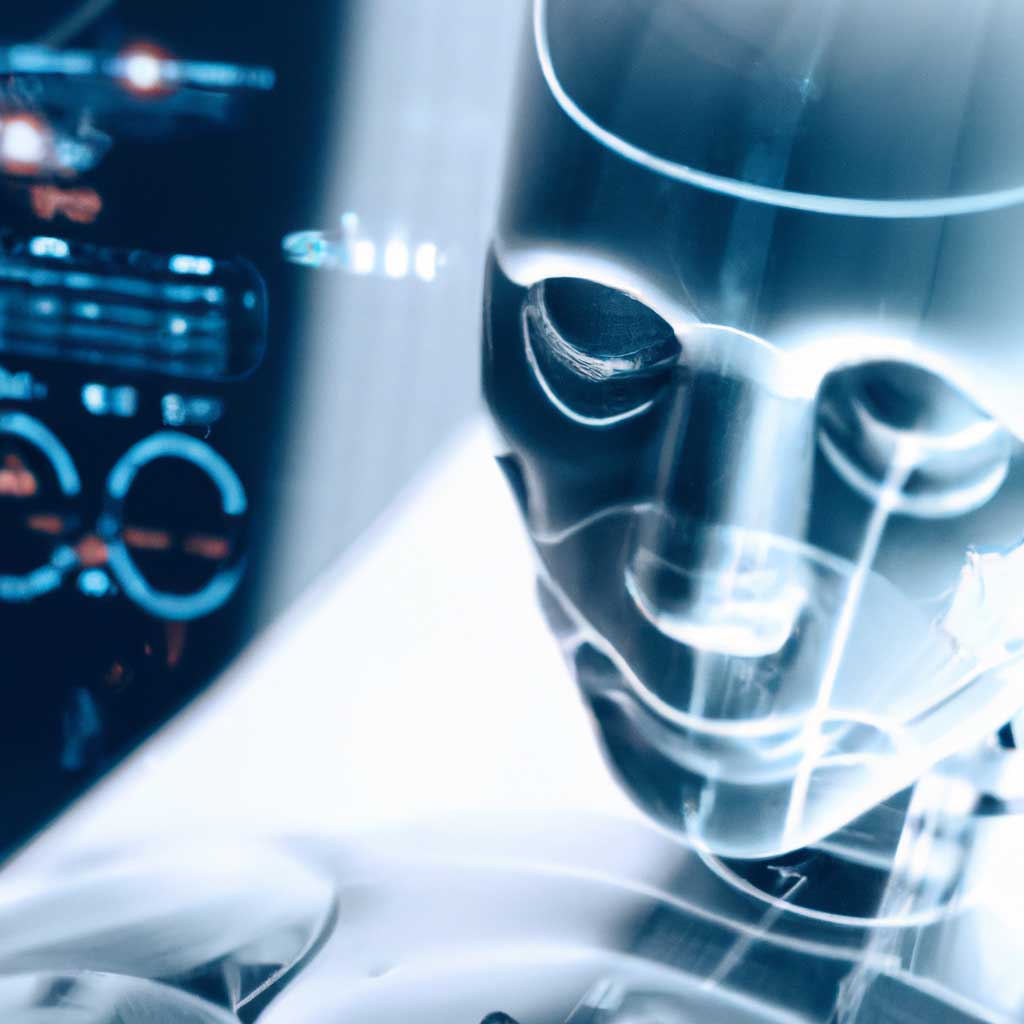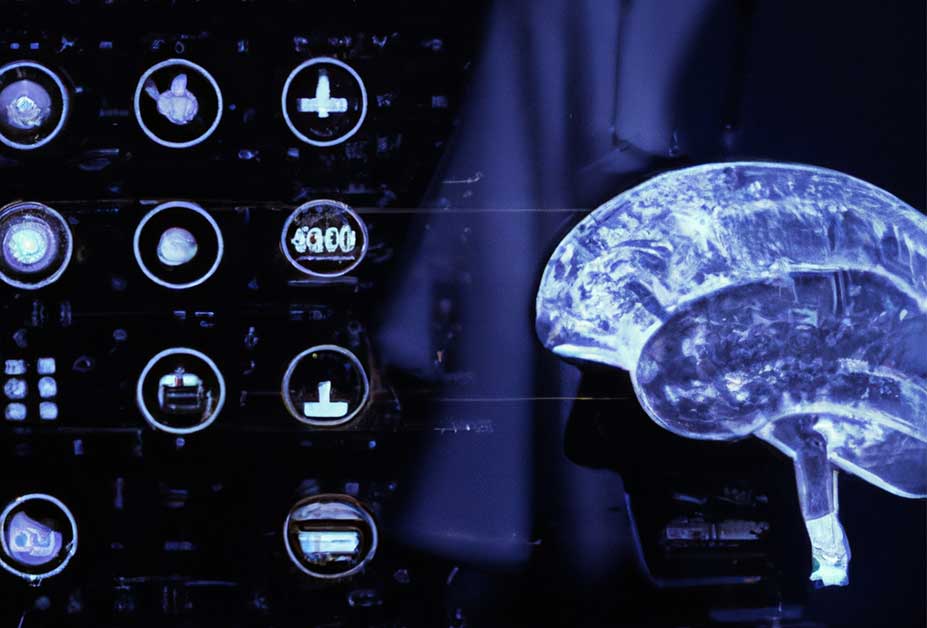The healthcare system is facing enormous challenges in the coming years. The cost of healthcare will continue to rise, while the demand for healthcare services continues to increase. At the same time, the healthcare system must better address the needs of patients and offer them a higher quality of care. Innovative solutions are urgently needed to meet these challenges. Health insurers, service providers, and the government must work together to find new ways to reduce costs and improve the quality of care. Technological innovations may be part of the solution. In this article, we present 10 healthcare innovations that we believe will be the most important in the future.
More for less” through healthcare innovation
The population is getting older, chronic diseases are increasing, and the cost of healthcare is steadily rising. To meet these challenges, the healthcare system must become more efficient and sustainable. Efficiency in this context means “more value for less cost.” This means that healthcare is organized in a way that maximizes benefit for patients and society as a whole. Or, more simply, “more for less” means more value, better outcomes, more benefit, better access, and more simplicity, all for less cost, complexity, and time. To achieve this, resources (personnel, money, and time) must be used more effectively. Technological innovations play a key role in this context. They can help find new ways to make healthcare more effective. Healthcare innovation is a combination of activities and/or technologies that resolve existing performance conflicts in achieving an outcome in a way that expands the realm of the possible. This can be done through the creation of new possibilities, the improvement of existing solutions, or the use of existing resources in a new way.
Technological innovations to break down barriers in the healthcare system
The 10 most important healthcare innovations that I describe here have the potential to break down the barriers of the healthcare system or expand it through new business models. These innovations are all based on the following basic strategic approaches: Value Based Care (VBC), patient centricity, and data centricity. Value Based Care creates incentives for service providers to experiment with new approaches to care management and patient engagement that improve health outcomes and reduce costs. Patient centricity focuses on meeting the needs of patients, including their preferences and experiences, and data centricity relies on data to inform decision-making, measure results, and optimize performance.

The 10 most important healthcare innovations
- Next-generation sequencing: Applications of genetic sequencing to identify risk groups or to tailor therapies to patients who are likely to respond
- 3D printing: More cost-effective and highly personalized medical devices that can be tailored to the physiological needs of individual patients.
- Immunotherapy: Treatments that have the potential to significantly extend the survival time of cancer patients without the negative side effects and associated healthcare costs of traditional chemotherapy
- Artificial intelligence: The ability of computers to think and perform tasks that are currently done by humans, but with greater speed, accuracy, and resource efficiency
- Point-of-care diagnostics: Allows for convenient, timely testing at the point of care (e.g., in the doctor’s office, ambulance, at home, or in the hospital), leading to faster, more coherent patient care
- Virtual reality: Simulated environments that could accelerate behavior change in patients in a safer, more convenient, and more accessible way
- Use of social media to improve patient experience: Use of data from social media and online communities to give healthcare organizations the ability to track consumer experiences and population health trends in real-time
- Biosensors and trackers: Technology-based activity monitors, monitors, and sensors integrated into clothing, accessories, and devices that allow consumers and physicians to easily track health
- Convenient care: Retail clinics and emergency centers that offer consumers a more convenient and cost-effective treatment for a range of health issues
- Telemedicine: A more convenient way for consumers to self-manage and potentially reduce doctor visits and travel time; may also prevent complications and visits to the emergency department.
Conclusion
These top 10 innovations have the potential to transform the healthcare system as a whole. However, each organization will be impacted differently depending on its tasks, goals, and strategies. Regardless of which innovations healthcare stakeholders focus on first, they should thoroughly consider the “how” of managing fundamental changes brought about by technological innovations. This is, however, part of the exciting journey towards a more value-based, patient-centered, and data-driven healthcare system.
More:
